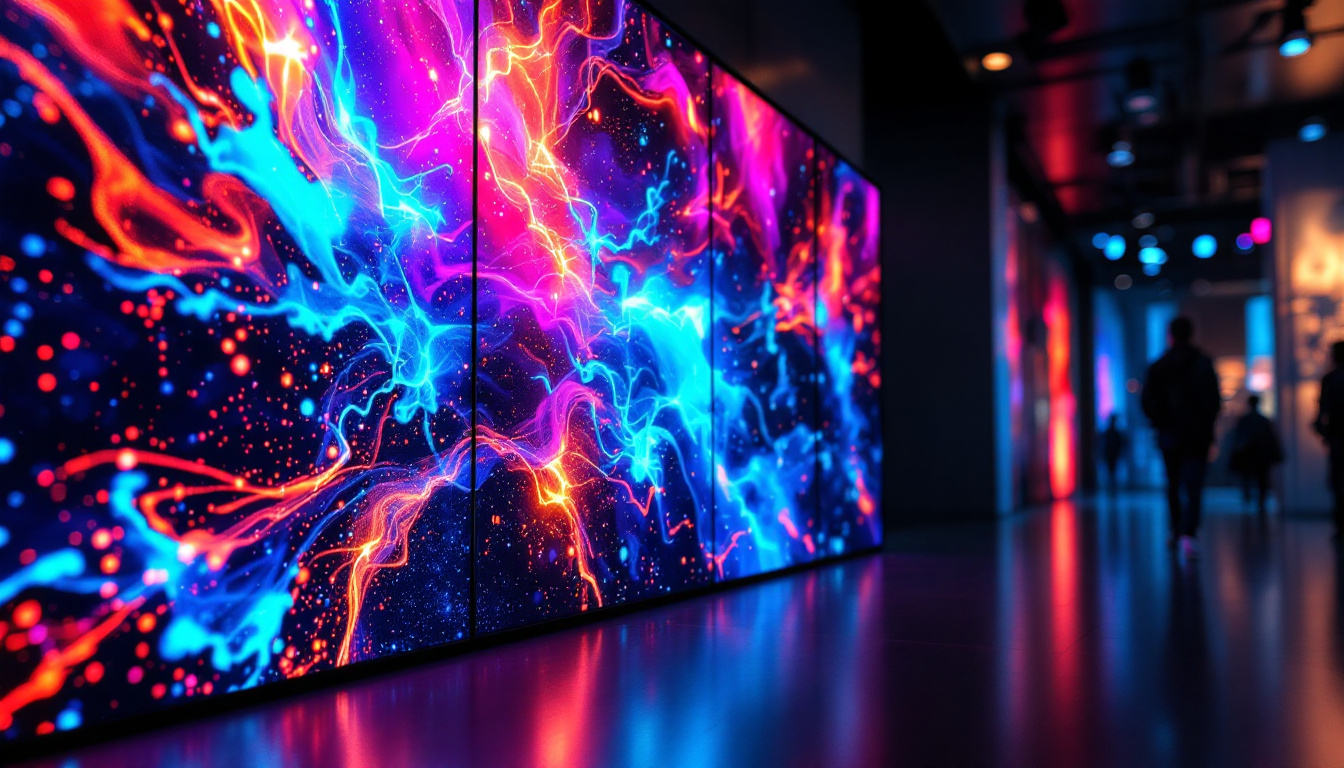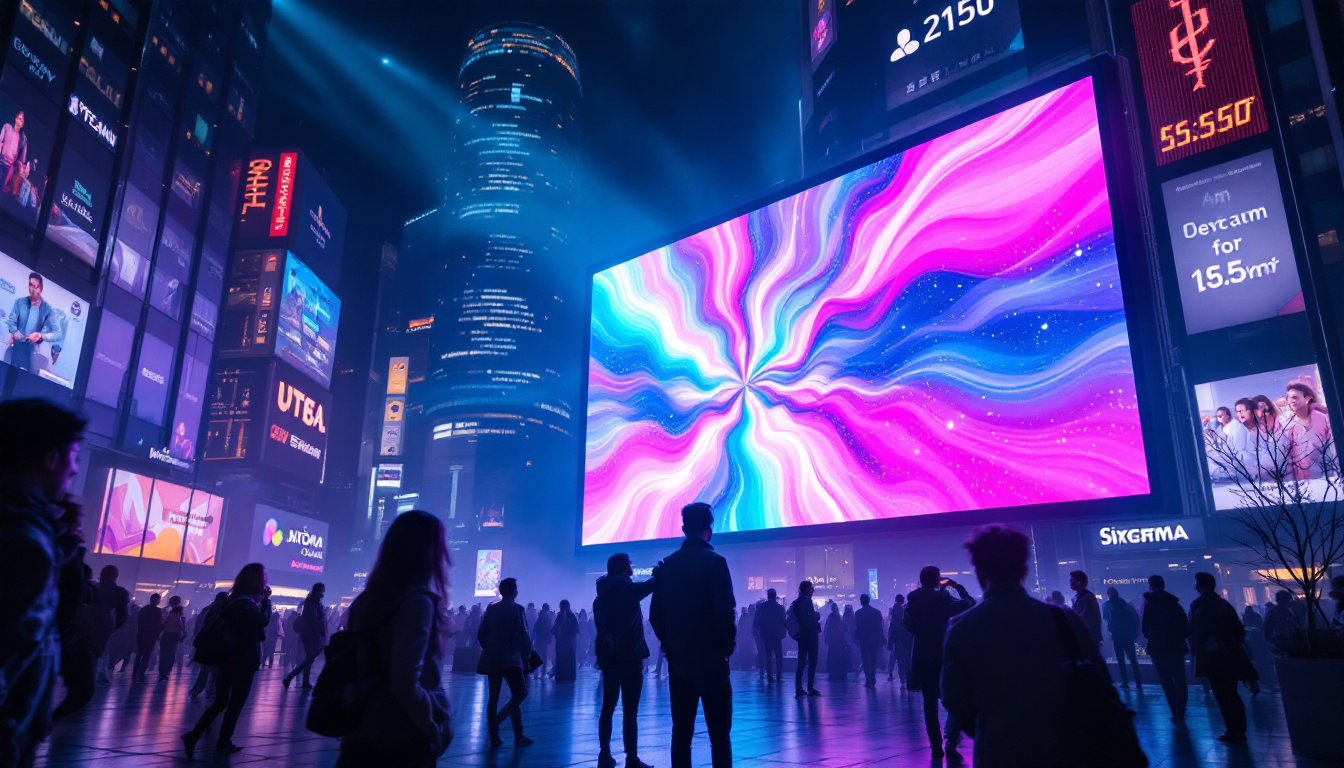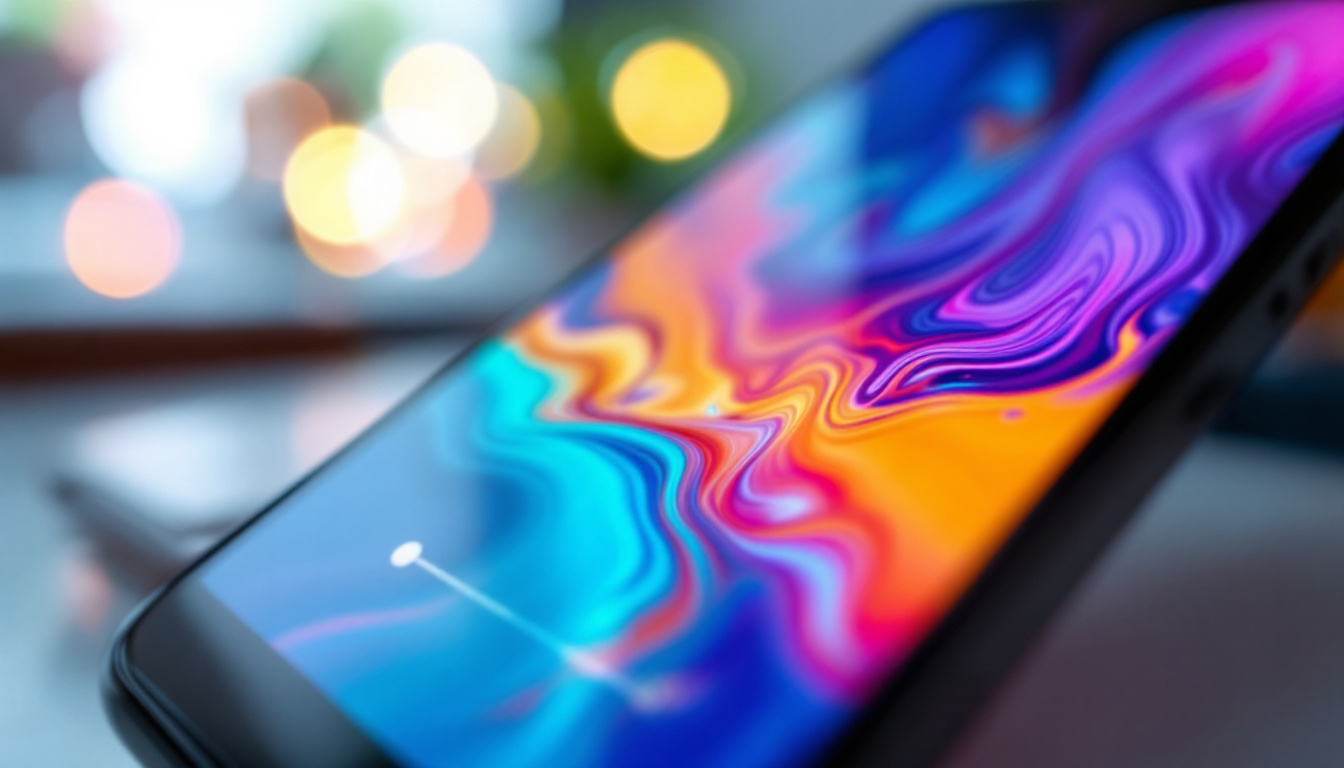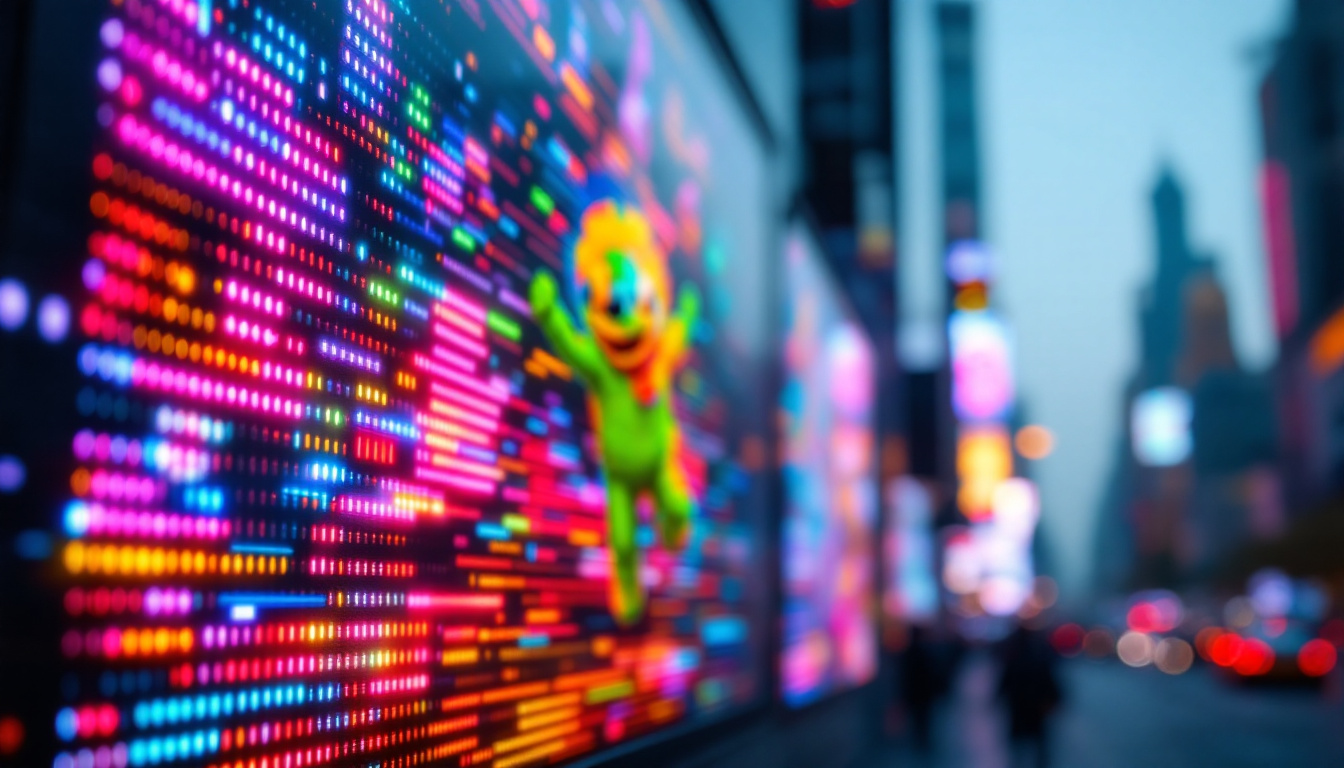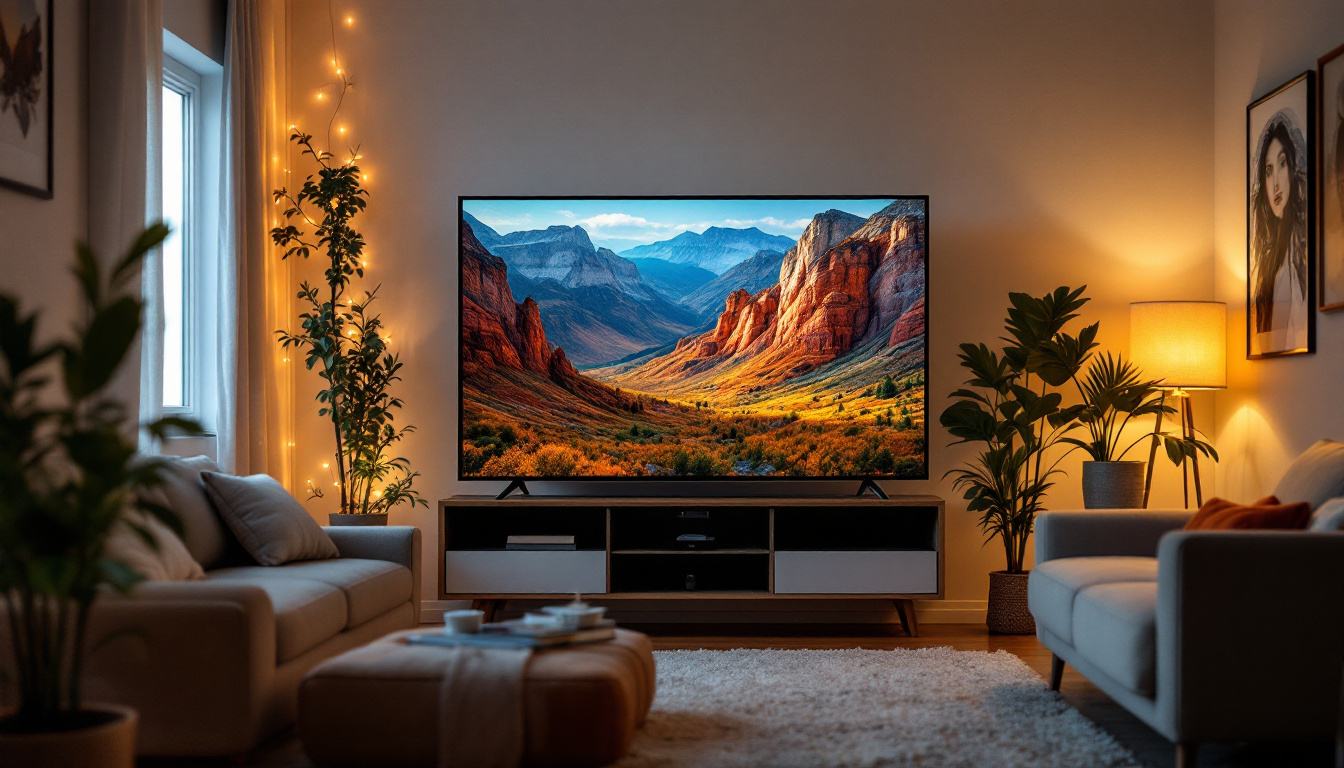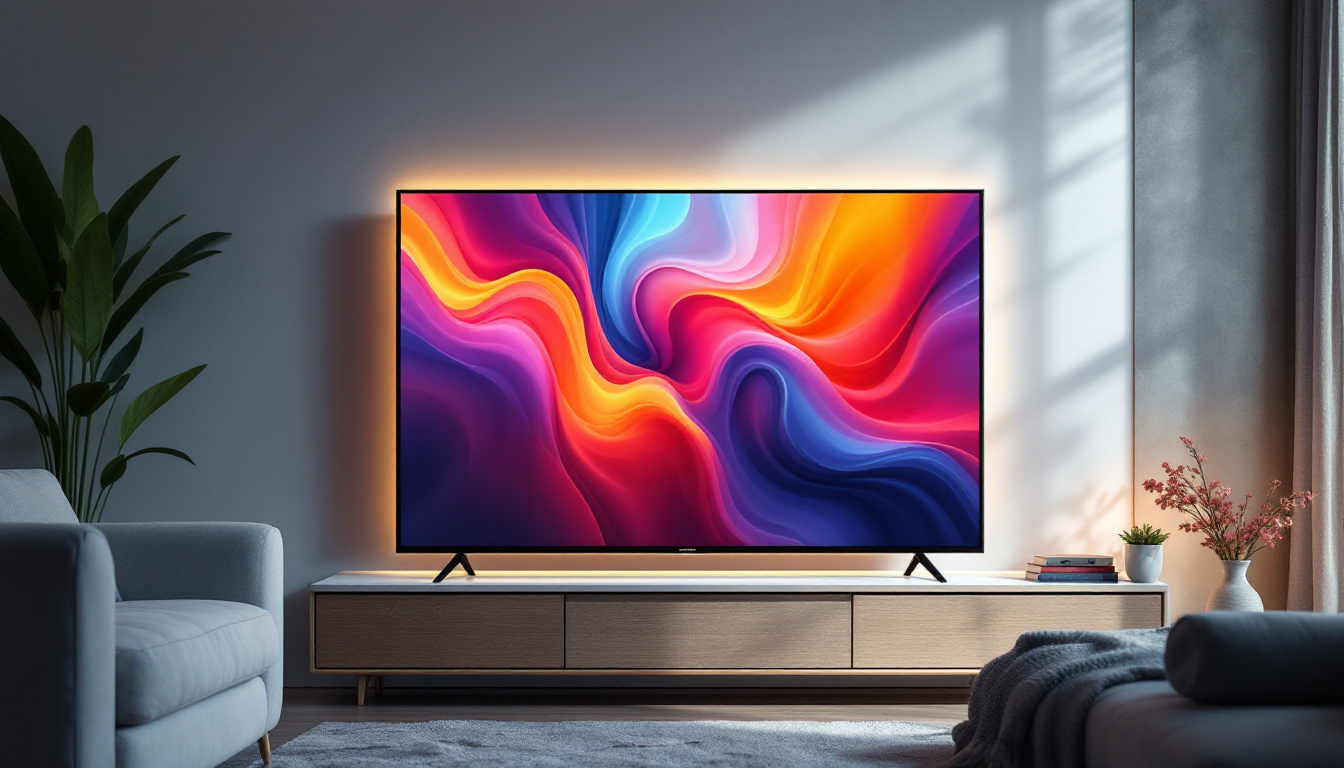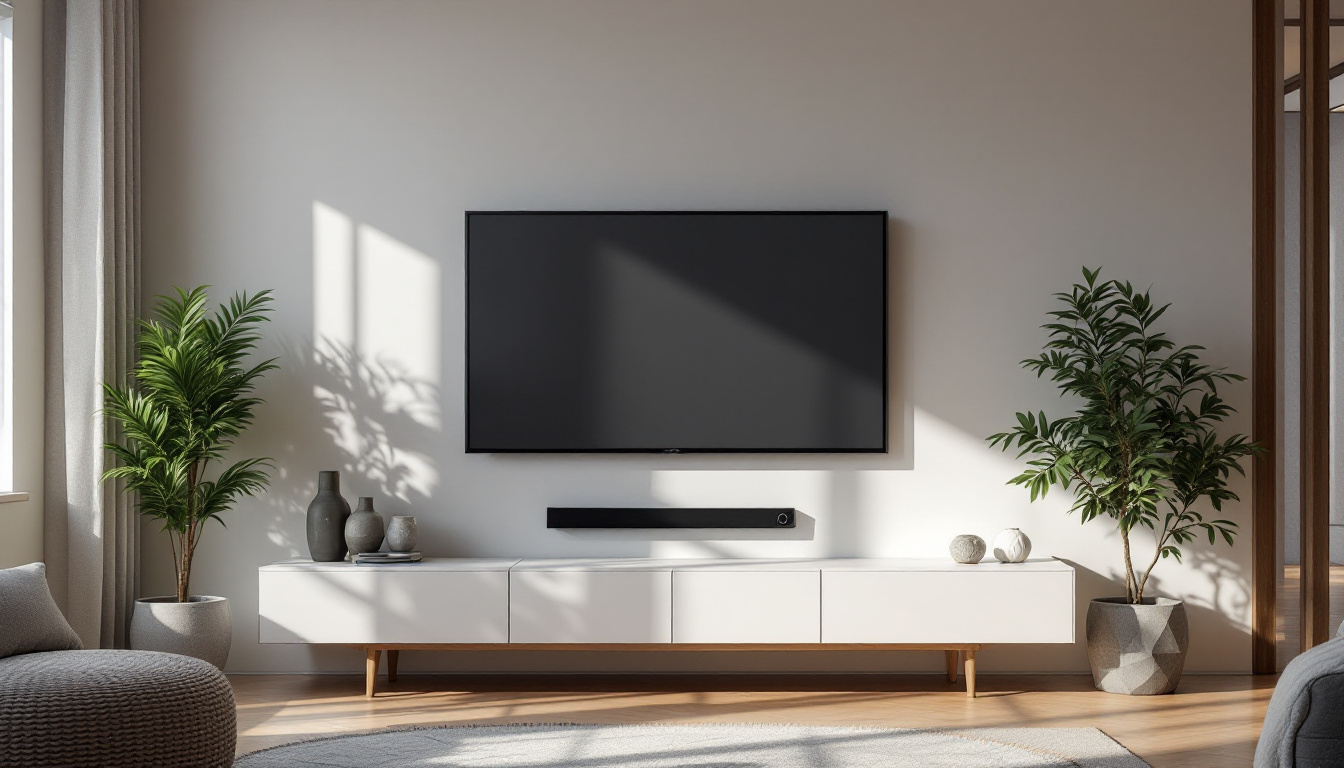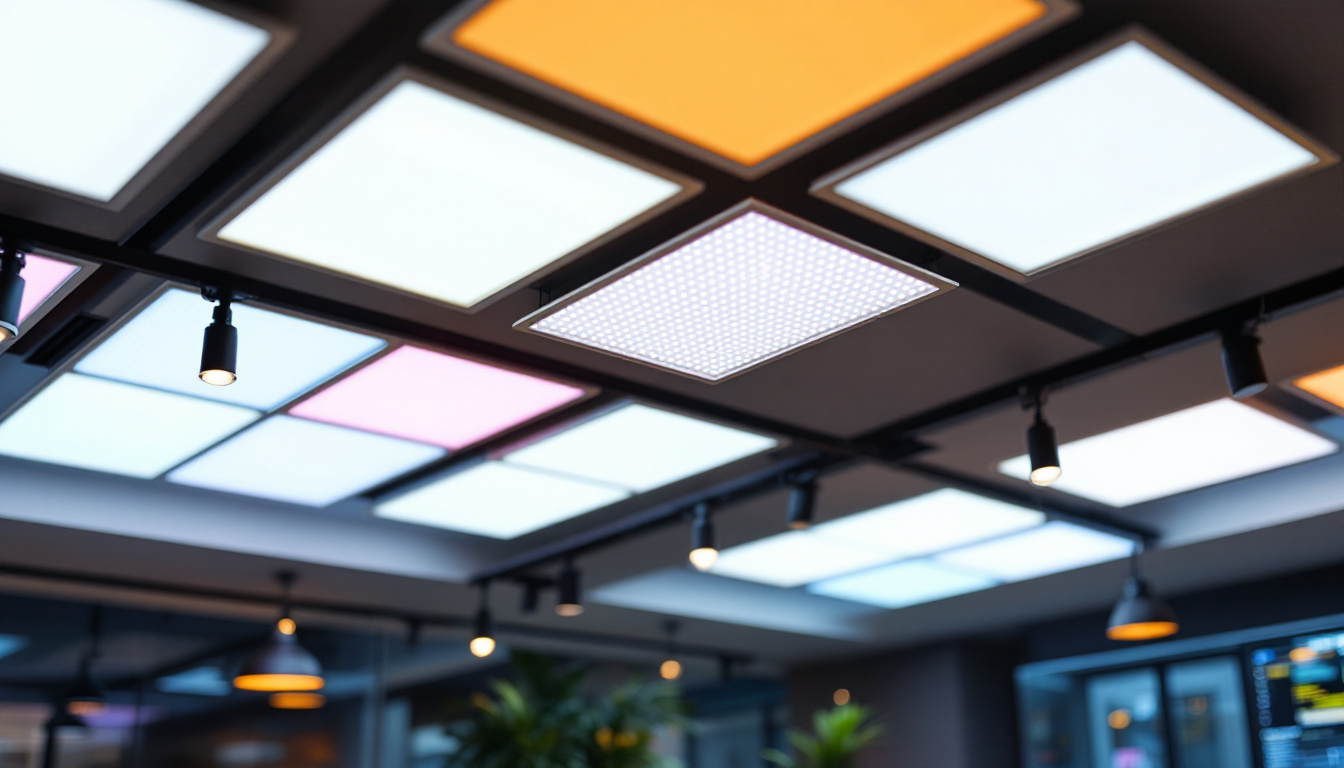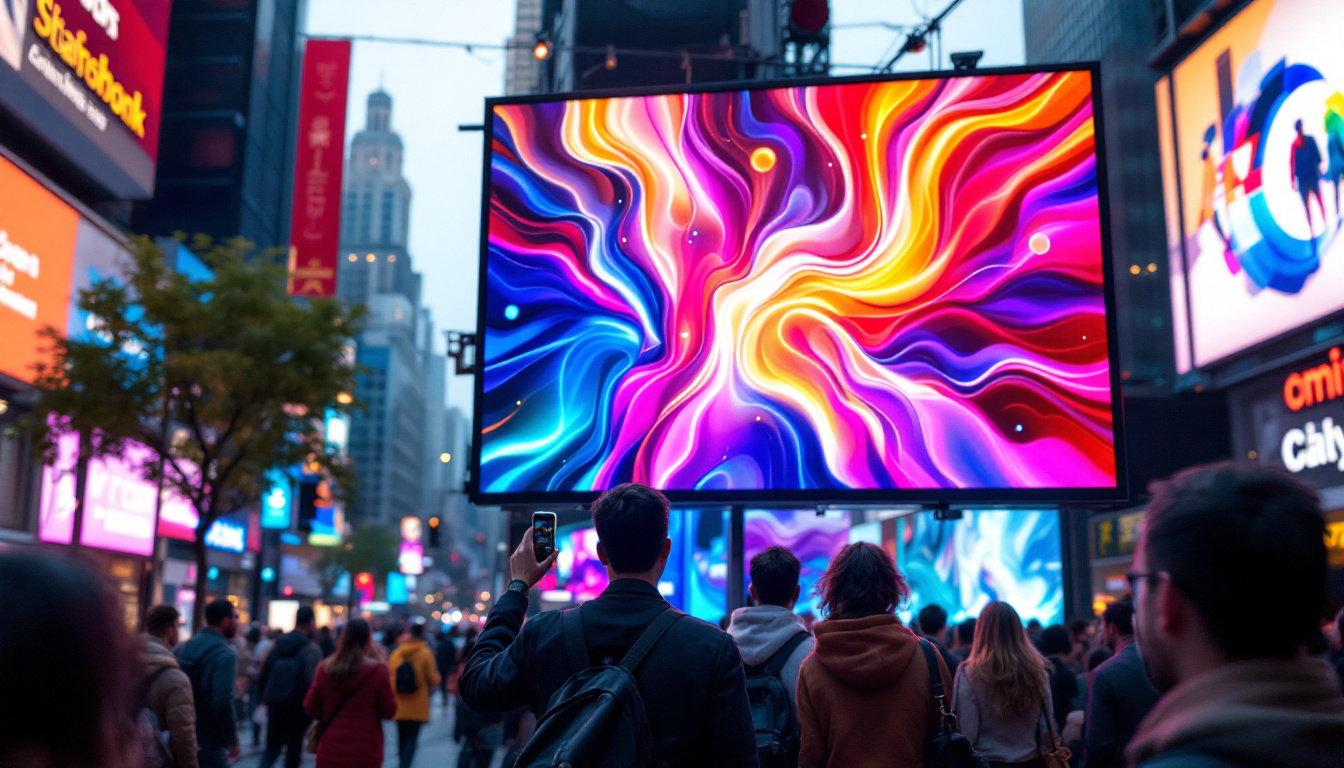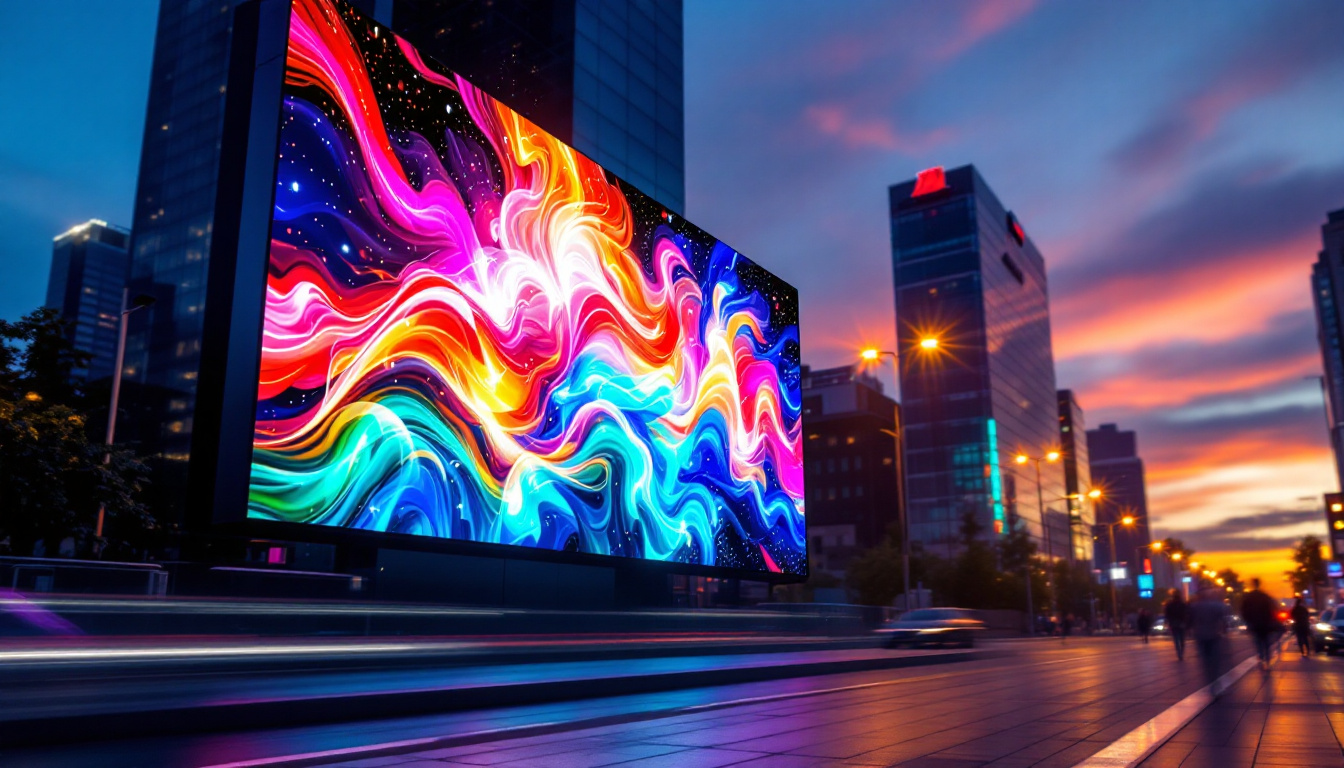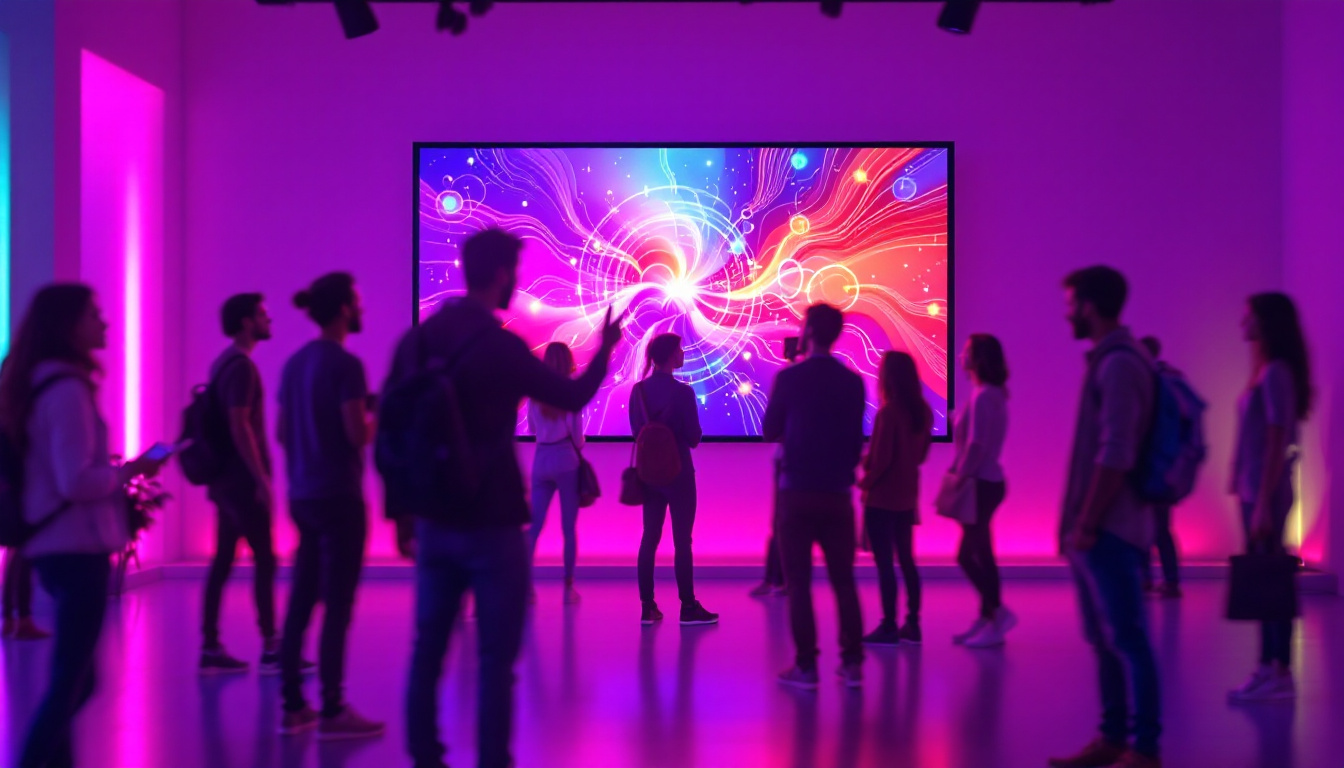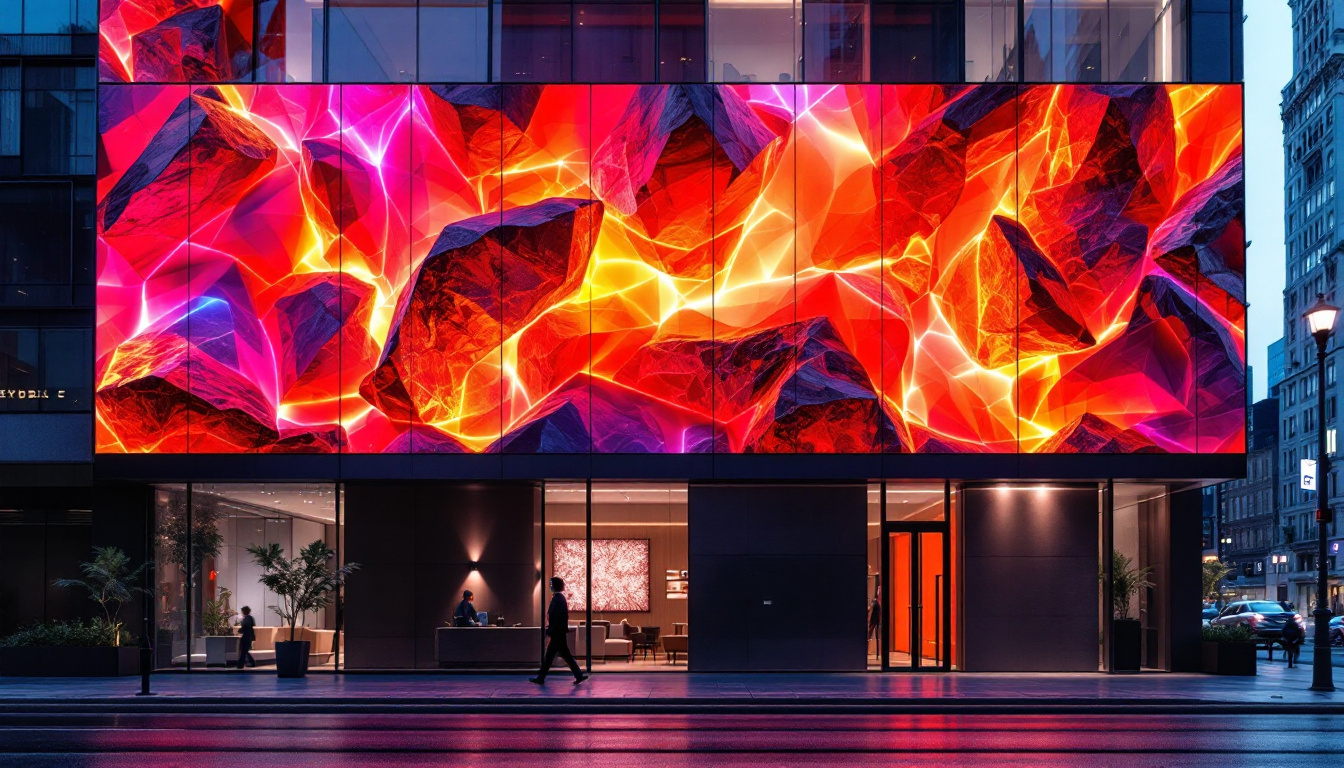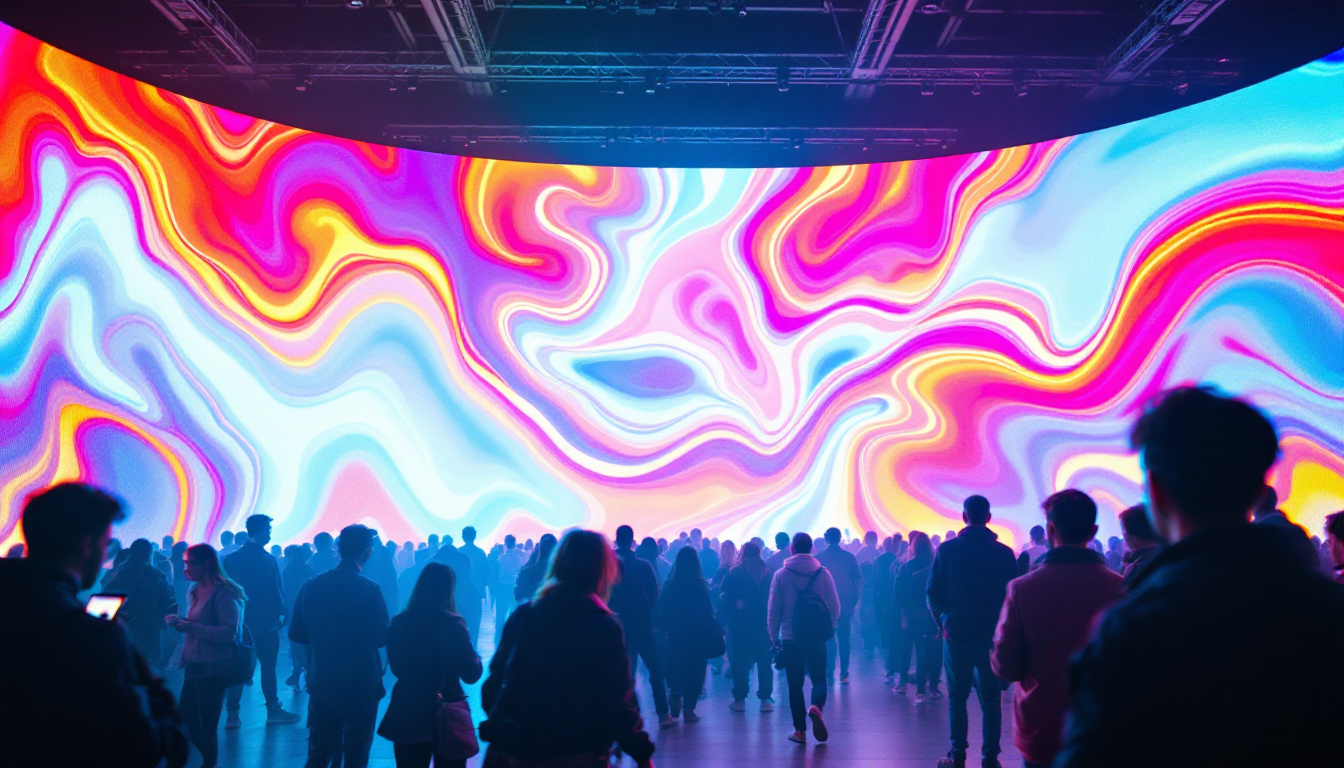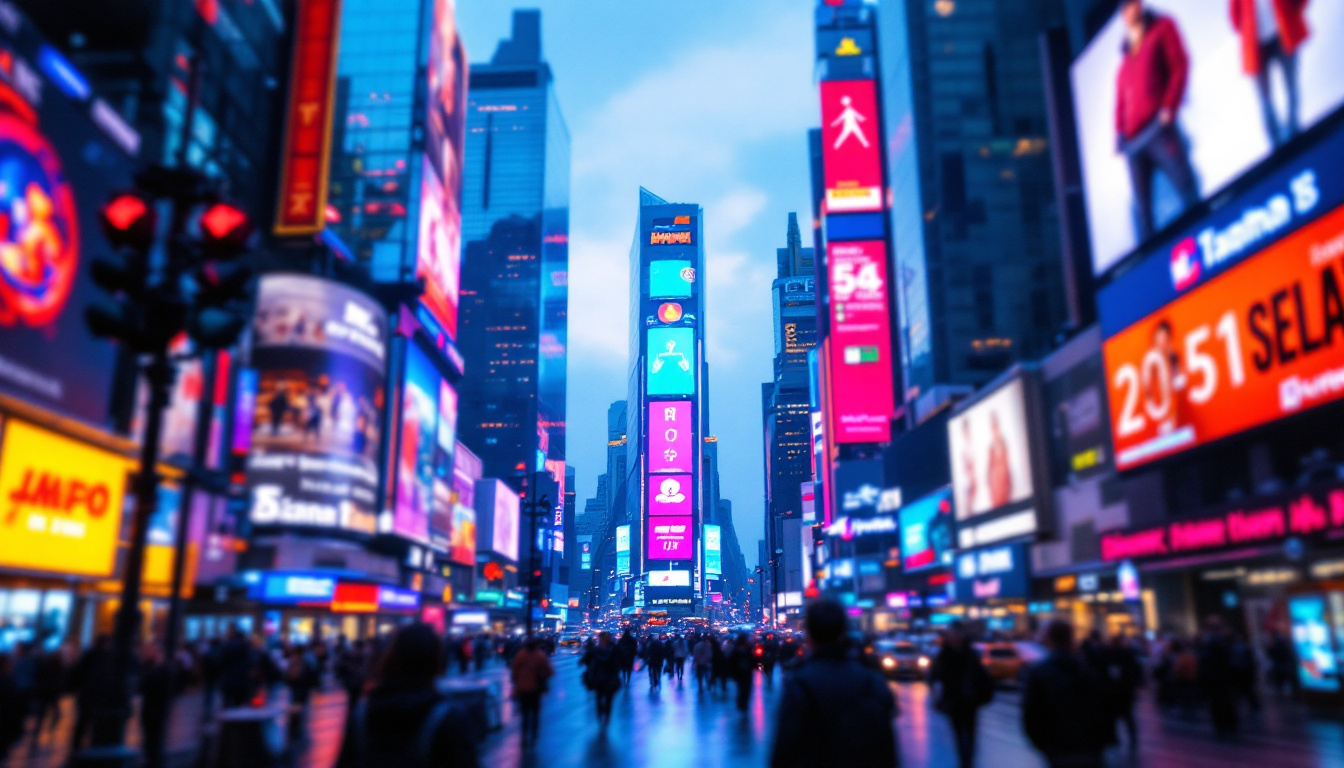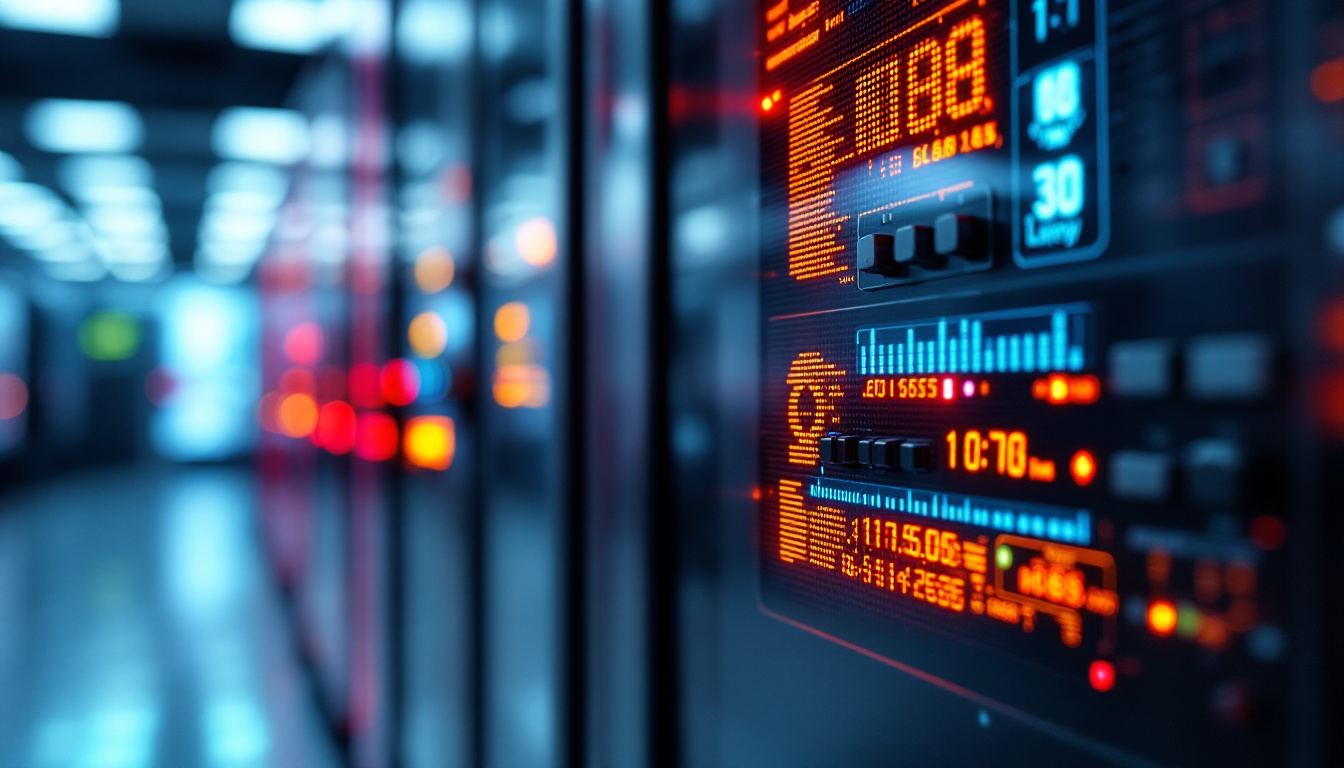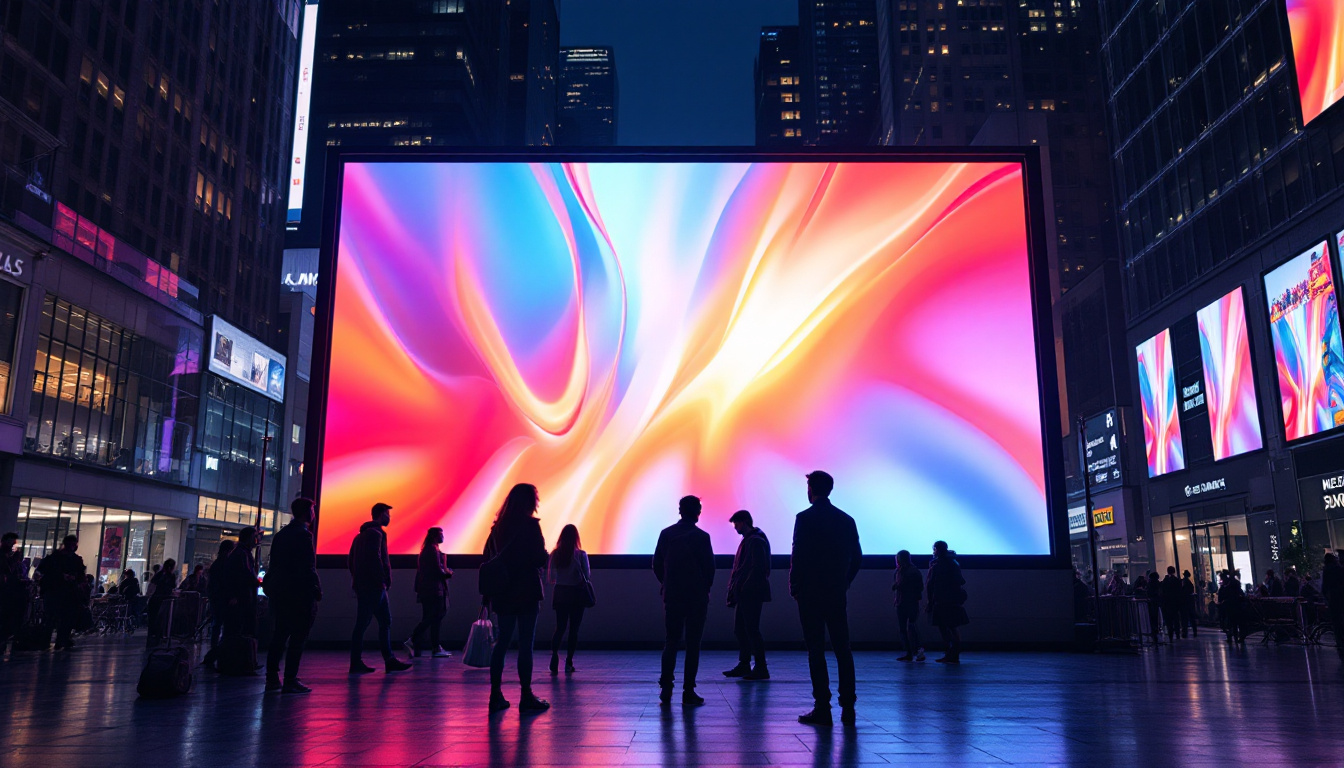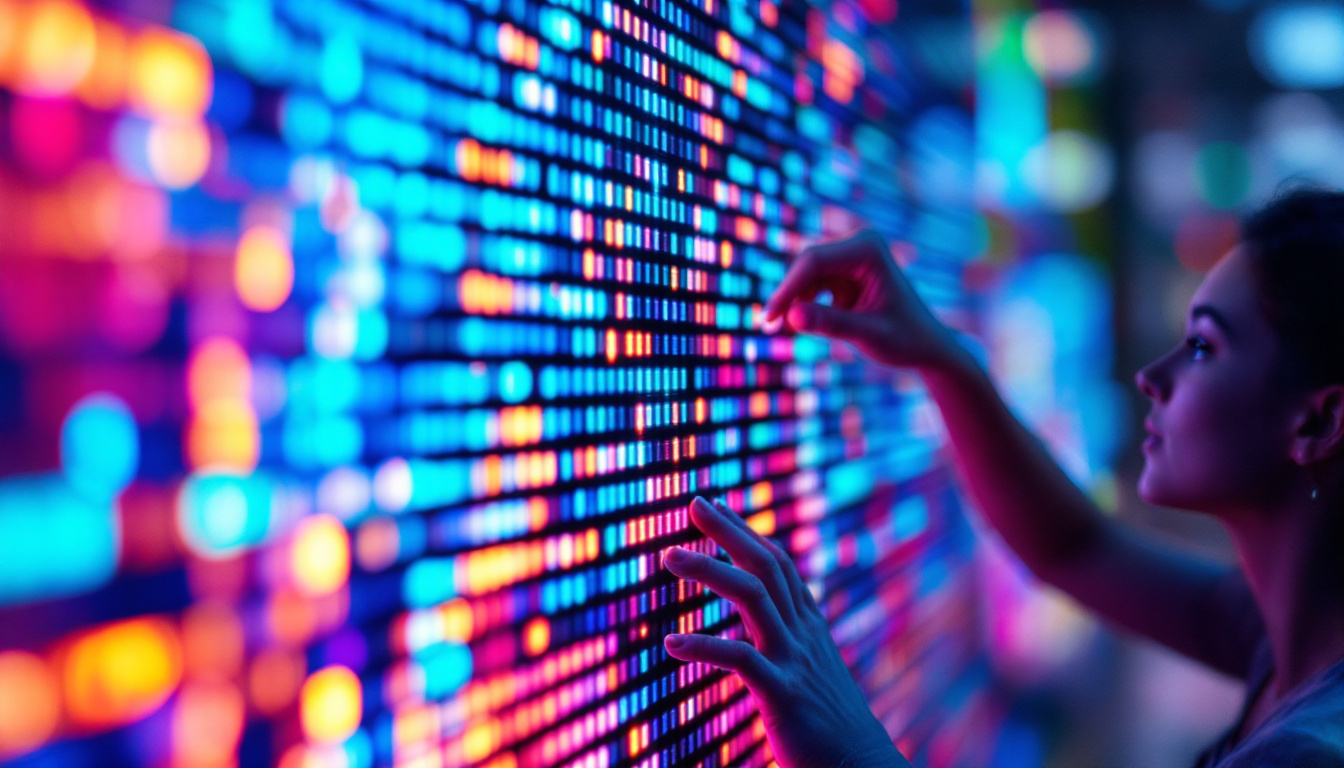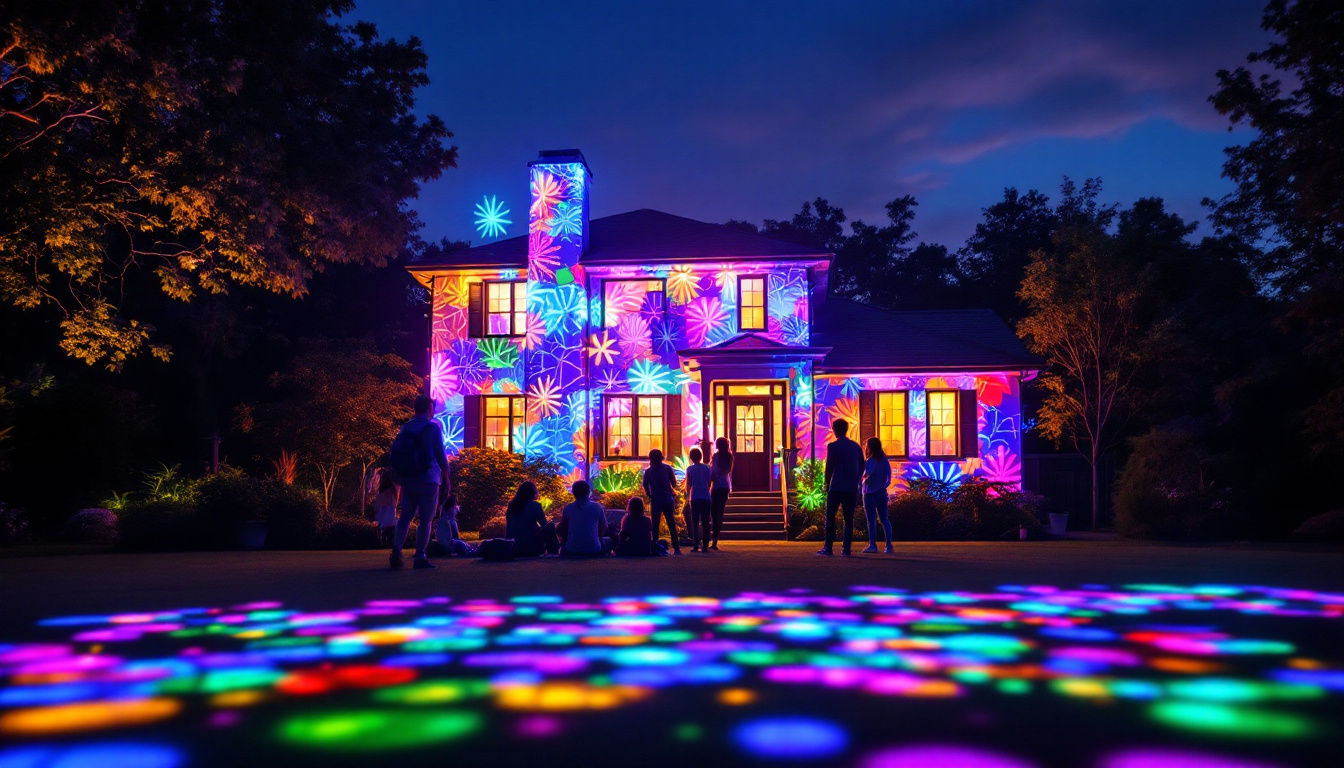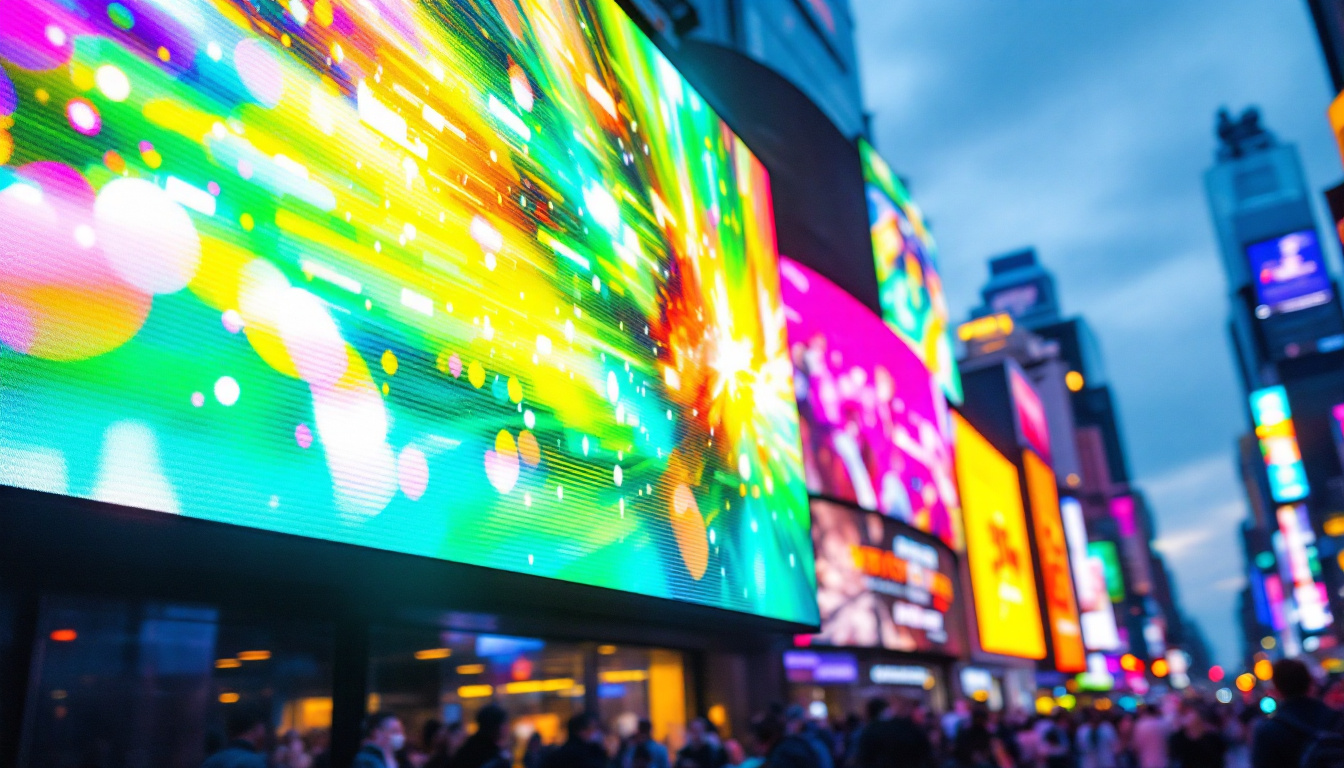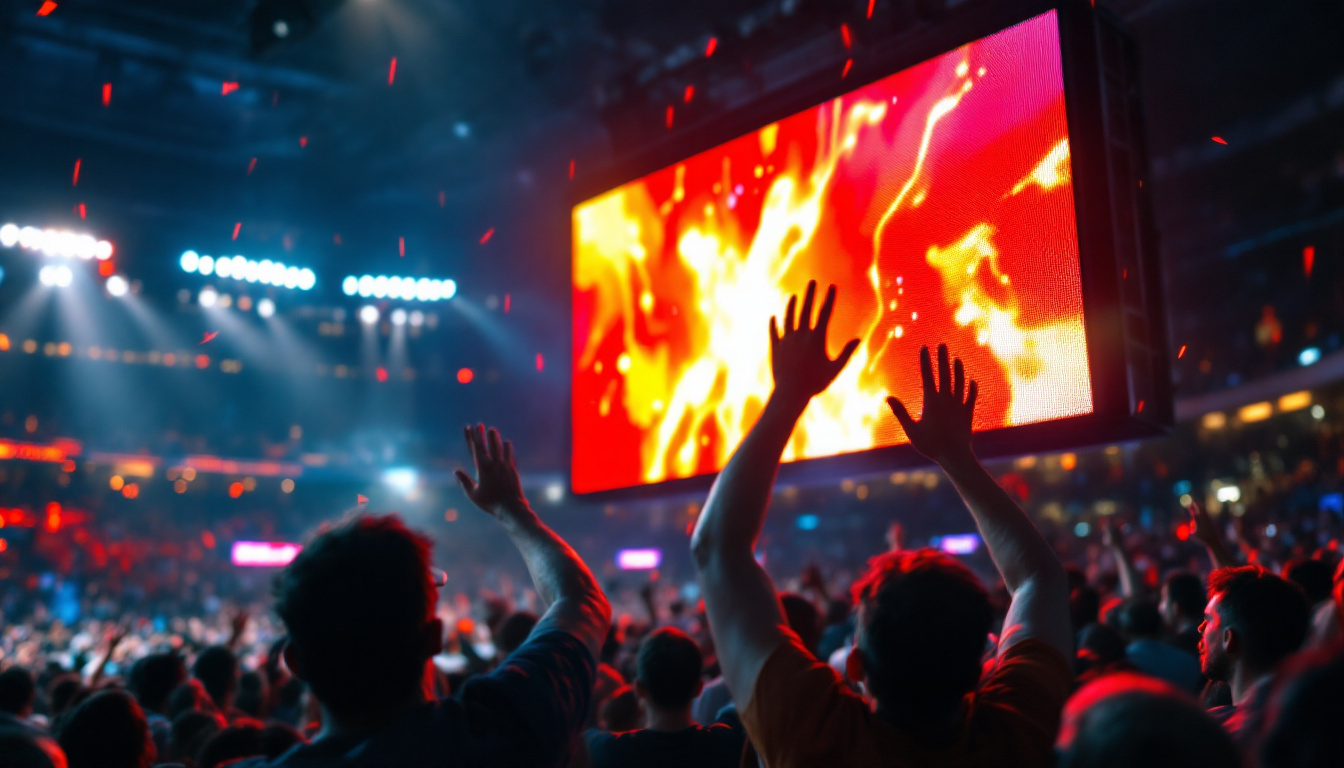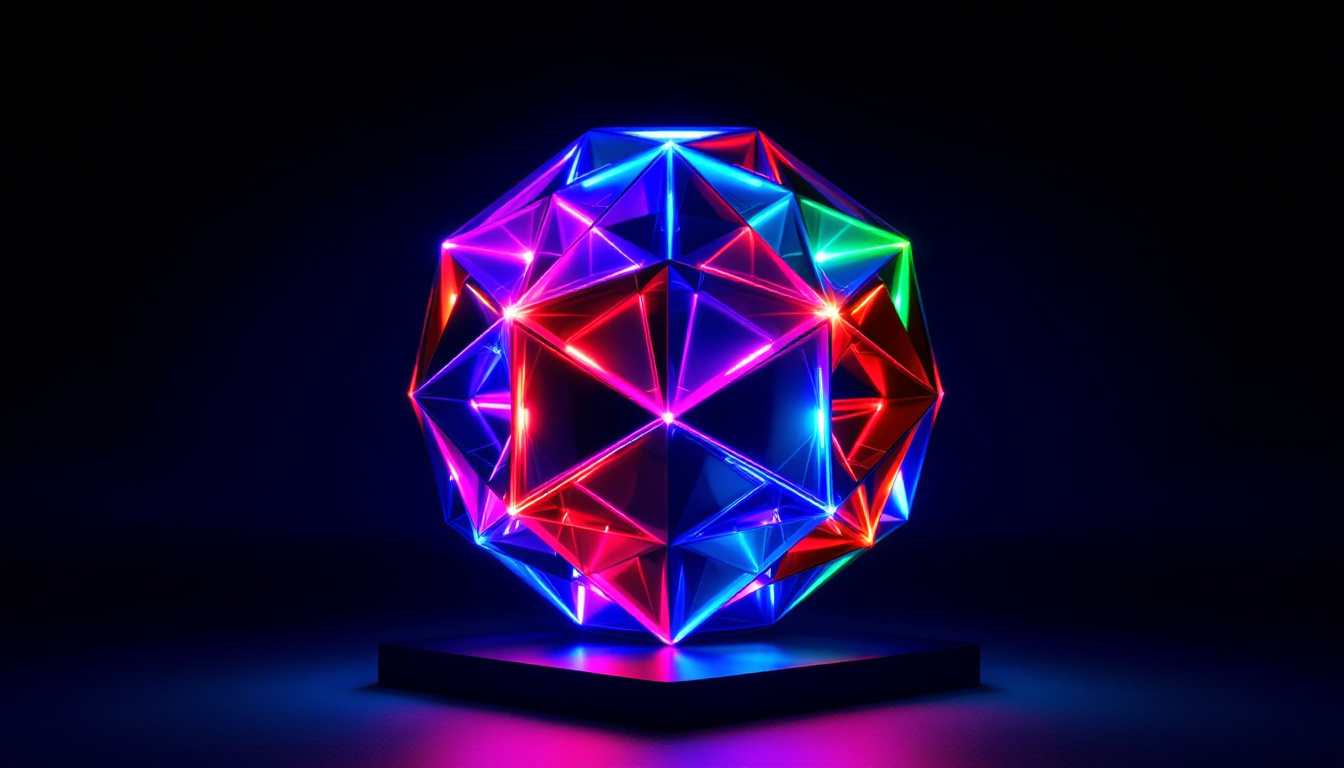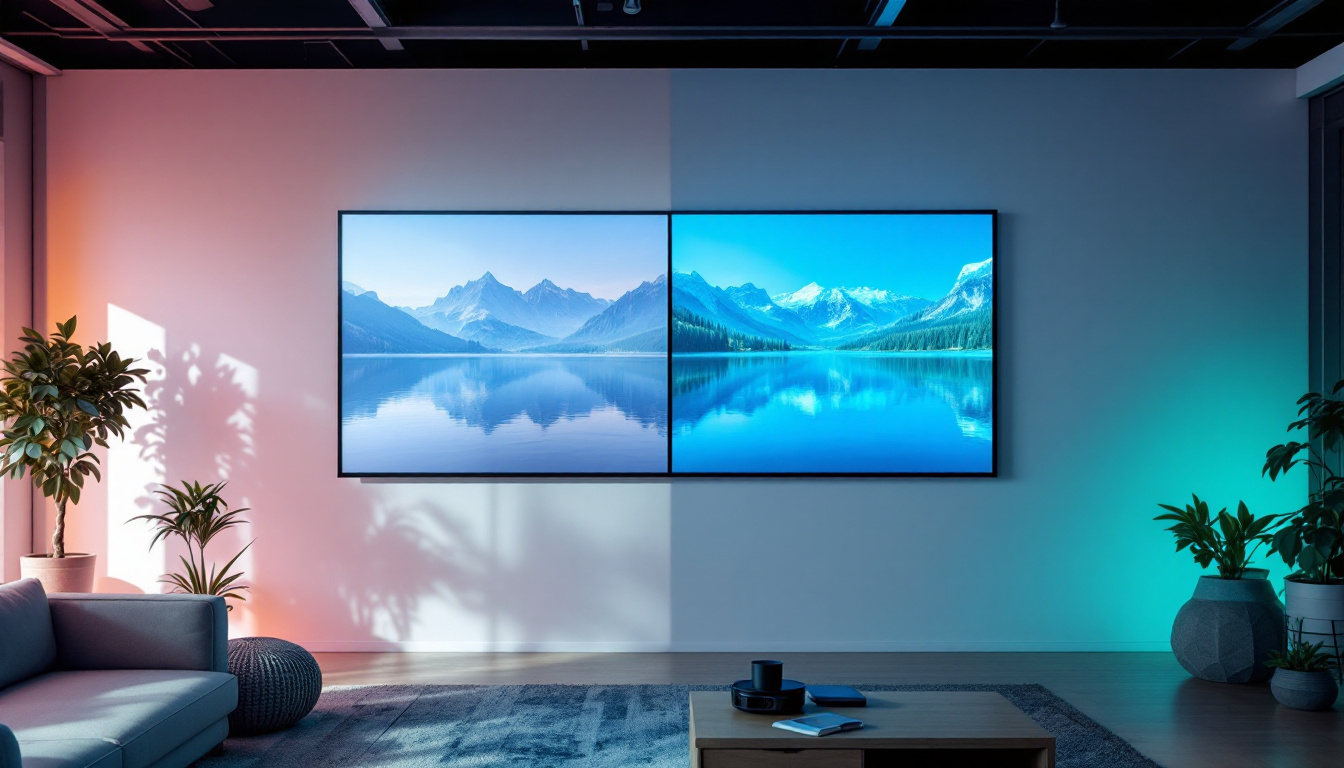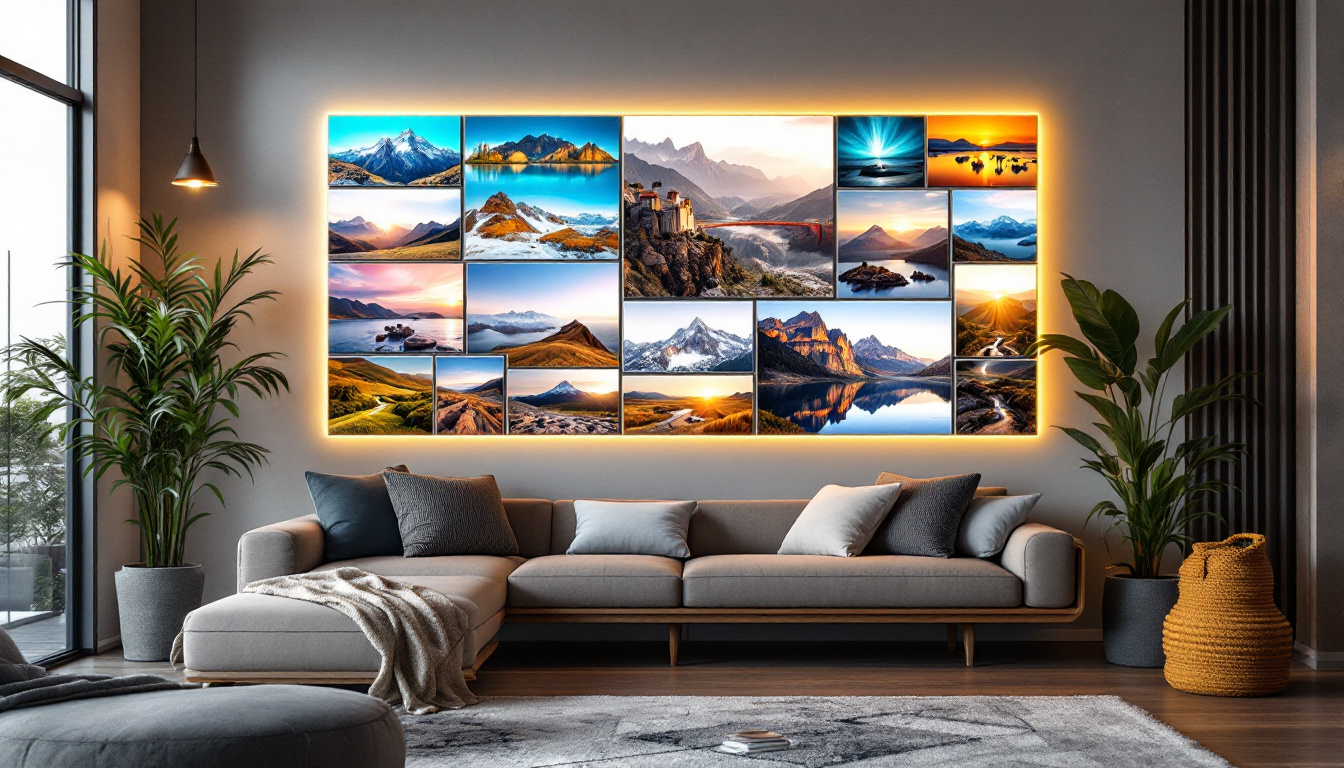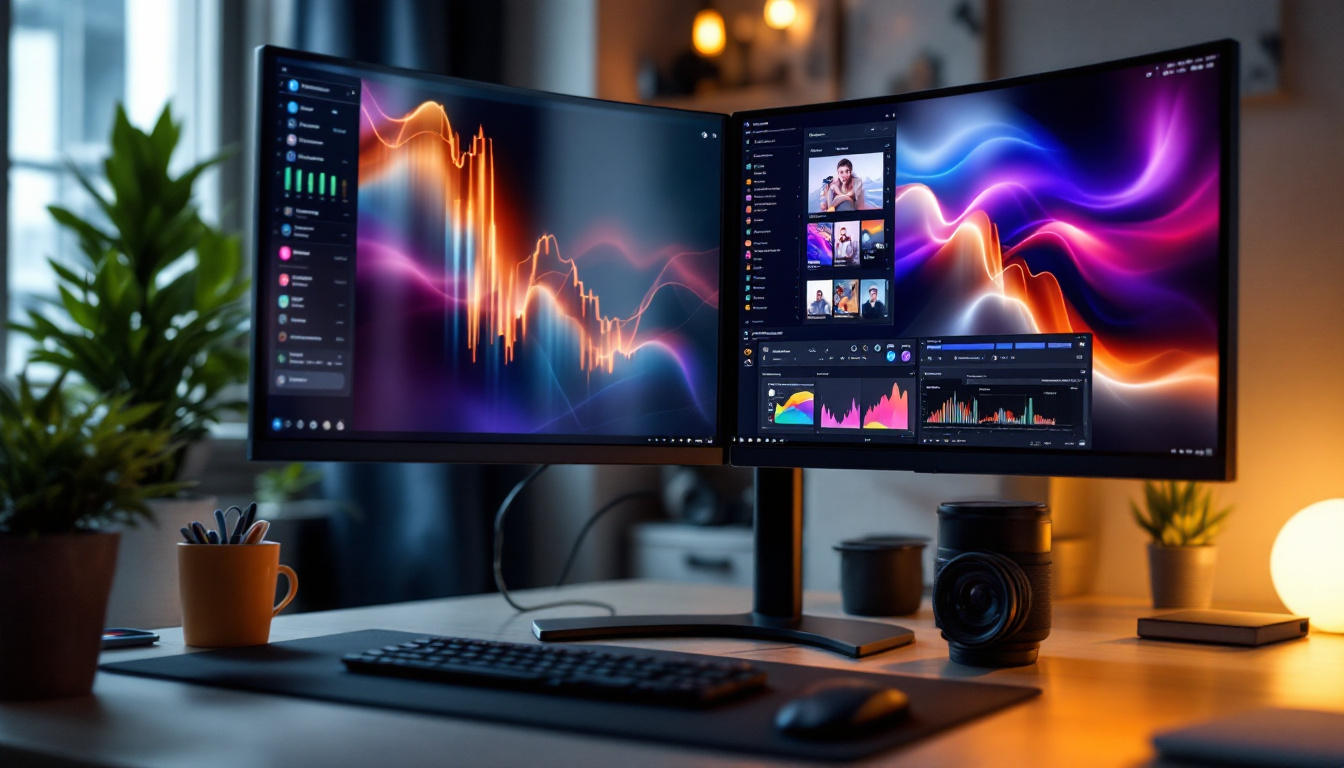20:9 Aspect Ratio: LED Display Explained
The 20:9 aspect ratio has gained significant traction in recent years, particularly with the rise of smartphones and ultra-wide monitors. This format, which is slightly taller than the traditional 16:9 aspect ratio, offers a unique viewing experience that caters to various multimedia applications. This article delves into the intricacies of the 20:9 aspect ratio, its benefits, and its implications for LED displays.
Understanding Aspect Ratios
Aspect ratio refers to the proportional relationship between the width and height of a display screen. It is expressed as two numbers separated by a colon, such as 20:9. The first number represents the width, while the second indicates the height. This ratio is crucial in determining how content is displayed on screens, influencing everything from video playback to gaming experiences.
The Evolution of Aspect Ratios
Historically, aspect ratios have evolved alongside technological advancements. The traditional 4:3 ratio dominated the television landscape for decades, providing a boxy format that suited early broadcasts. However, as technology progressed, the 16:9 aspect ratio emerged as the standard for high-definition televisions and monitors, offering a wider field of view that enhanced cinematic experiences.
With the advent of smartphones and the demand for more immersive displays, manufacturers began experimenting with taller aspect ratios. The 20:9 aspect ratio is a natural progression from this trend, allowing for a more elongated screen that enhances usability and visual appeal. This shift not only caters to the needs of consumers but also reflects the changing ways we interact with digital content, as more people turn to their devices for both work and leisure.
Why 20:9? The Benefits of the Format
The 20:9 aspect ratio presents several advantages, particularly in the context of modern media consumption. One of the most notable benefits is its ability to provide a more immersive viewing experience. This format is particularly well-suited for cinematic content, as it closely resembles the aspect ratios used in film production, allowing viewers to enjoy a more authentic representation of the creator’s vision.
Additionally, the 20:9 ratio enhances multitasking capabilities on smartphones and tablets. Users can easily split their screens to view multiple applications simultaneously, making it ideal for productivity and entertainment. This aspect ratio also allows for larger on-screen elements, improving readability and user interaction. Moreover, as social media platforms increasingly adopt video content, the 20:9 aspect ratio aligns perfectly with the vertical video trend, ensuring that users can capture and share their experiences without compromising on quality.
Furthermore, the 20:9 aspect ratio is particularly advantageous for gaming. Many modern games are designed to take full advantage of wider screens, providing players with a more expansive view of the action. This can lead to improved gameplay, as players can spot enemies or objectives more easily. The immersive nature of this format also enhances the overall gaming experience, making it feel more engaging and lifelike. As developers continue to push the boundaries of graphics and storytelling, the 20:9 aspect ratio is likely to become a staple in the gaming industry, further solidifying its importance in the digital landscape.
Applications of 20:9 Aspect Ratio in LED Displays
LED displays utilizing the 20:9 aspect ratio are becoming increasingly popular across various sectors, including entertainment, gaming, and professional environments. This section explores the diverse applications of this format and how it enhances user experiences.
Entertainment and Media
In the realm of entertainment, the 20:9 aspect ratio has become a favorite for streaming platforms and filmmakers. Many movies and series are now produced in this format, providing a cinematic experience that captivates audiences. Streaming services have adapted their content to fit this aspect ratio, ensuring that viewers enjoy an optimal viewing experience without black bars or cropping.
Moreover, video games have embraced the 20:9 format, allowing for more expansive environments and immersive gameplay. Players benefit from a wider field of vision, which can enhance strategic gameplay and overall enjoyment. This aspect ratio also accommodates the increasing demand for high-resolution graphics, making it a preferred choice for gaming monitors. The combination of stunning visuals and an immersive aspect ratio creates a compelling experience that keeps players engaged for hours on end. As game developers continue to push the boundaries of technology, the 20:9 format is likely to become even more prevalent, further enriching the gaming landscape.
Professional Use Cases
In professional settings, the 20:9 aspect ratio is gaining traction for presentations and collaborative work. The elongated format allows for more content to be displayed simultaneously, making it easier for teams to share information and ideas. This is particularly beneficial in industries such as design, architecture, and data analysis, where visual representation is key to effective communication. For instance, architects can showcase detailed floor plans and 3D models side by side, enabling a more comprehensive understanding of their designs during client meetings.
Additionally, video conferencing tools have adapted to support the 20:9 aspect ratio, providing users with a more engaging platform for virtual meetings. The format allows for larger video feeds, making it easier to see participants and share visual content without compromising clarity. As remote work becomes increasingly common, the ability to utilize a wider screen can significantly enhance collaboration, allowing teams to brainstorm effectively and maintain a sense of connection. Furthermore, many software applications are now being optimized for this aspect ratio, ensuring that users can take full advantage of the additional screen real estate for multitasking and productivity. This shift not only improves workflow efficiency but also fosters a more dynamic and interactive working environment.
Technical Aspects of 20:9 LED Displays
Understanding the technical specifications of 20:9 LED displays is essential for both consumers and professionals. This section will explore the key features that define these displays and their impact on performance.
Resolution and Pixel Density
The resolution of a display is a critical factor that determines the clarity and sharpness of images. For 20:9 displays, common resolutions include 2560×1080 and 3840×1640. These resolutions provide a high pixel density, ensuring that images appear crisp and detailed, even on larger screens.
Higher resolutions are particularly important for applications such as gaming and graphic design, where visual fidelity is paramount. As technology continues to advance, manufacturers are likely to develop even higher resolution options for 20:9 displays, further enhancing their appeal.
Refresh Rate and Response Time
Another crucial aspect of LED displays is the refresh rate, which measures how many times per second the image is updated on the screen. For gaming and fast-paced media, a higher refresh rate—typically 120Hz or more—is desirable, as it results in smoother motion and reduced motion blur.
Response time, on the other hand, refers to how quickly a pixel can change from one color to another. A lower response time is essential for preventing ghosting effects during fast action sequences. Together, these specifications contribute to a more enjoyable and responsive viewing experience, making 20:9 LED displays an attractive option for gamers and multimedia enthusiasts.
Choosing the Right 20:9 LED Display
When considering a 20:9 LED display, several factors should be taken into account to ensure that the chosen model meets specific needs and preferences. This section outlines key considerations for selecting the ideal display.
Intended Use
Understanding the primary purpose of the display is crucial. For gaming, look for models with high refresh rates and low response times. If the display will be used for professional tasks, prioritize features like color accuracy and resolution. For entertainment, consider factors such as HDR support and built-in audio capabilities.
Connectivity Options
Modern displays offer a variety of connectivity options, including HDMI, DisplayPort, and USB-C. Ensure that the chosen model has the necessary ports for compatibility with existing devices. Additionally, features like built-in wireless connectivity can enhance convenience and reduce cable clutter.
Budget Considerations
Finally, budget plays a significant role in the decision-making process. While high-end 20:9 LED displays offer advanced features and superior performance, there are also more affordable options available that still deliver quality experiences. Assessing personal or organizational budgets can help narrow down choices and ensure that the selected display meets both needs and financial constraints.
The Future of 20:9 Aspect Ratio Displays
The future of 20:9 aspect ratio displays appears promising, with ongoing advancements in technology and design. As consumer preferences continue to evolve, manufacturers are likely to innovate further, enhancing features and performance.
Emerging Technologies
Emerging technologies such as OLED and Mini-LED are expected to play a significant role in the development of 20:9 displays. These technologies offer improved color accuracy, contrast ratios, and energy efficiency, making them ideal for a wide range of applications.
Additionally, advancements in artificial intelligence and machine learning may lead to smarter displays that adapt to user preferences and optimize performance based on content type. This could further enhance the versatility and appeal of 20:9 aspect ratio displays.
Market Trends and Consumer Preferences
As consumers increasingly gravitate towards devices that offer immersive experiences, the demand for 20:9 aspect ratio displays is likely to grow. This trend is evident in the smartphone market, where manufacturers are continually pushing the boundaries of screen design to accommodate taller formats.
Furthermore, as more content is produced in the 20:9 format, consumers will seek displays that can showcase this content effectively. This creates a positive feedback loop, driving innovation and adoption across various sectors.
Conclusion
The 20:9 aspect ratio represents a significant evolution in display technology, offering unique advantages for entertainment, productivity, and gaming. As this format continues to gain popularity, understanding its implications and applications is essential for consumers and professionals alike.
With advancements in technology and a growing demand for immersive experiences, the future of 20:9 LED displays looks bright. By considering factors such as intended use, connectivity options, and budget, individuals can make informed decisions when selecting the perfect display to meet their needs.
In summary, the 20:9 aspect ratio is not just a trend; it is a reflection of changing consumer preferences and technological advancements. As the landscape of multimedia consumption continues to evolve, embracing this format can lead to enhanced experiences across various platforms.
Discover the Future of Visual Experience with LumenMatrix
Embrace the cutting-edge 20:9 aspect ratio and elevate your visual engagement with LumenMatrix’s comprehensive range of LED display solutions. As a pioneer in LED display technology, LumenMatrix is committed to providing innovative products that transform your brand’s visibility and captivate your audience. From Indoor and Outdoor LED Wall Displays to specialized solutions like Vehicle and Sports LED Displays, our mission is to revolutionize your visual communication. Check out LumenMatrix LED Display Solutions today and step into a world where clarity and impact go hand in hand.

